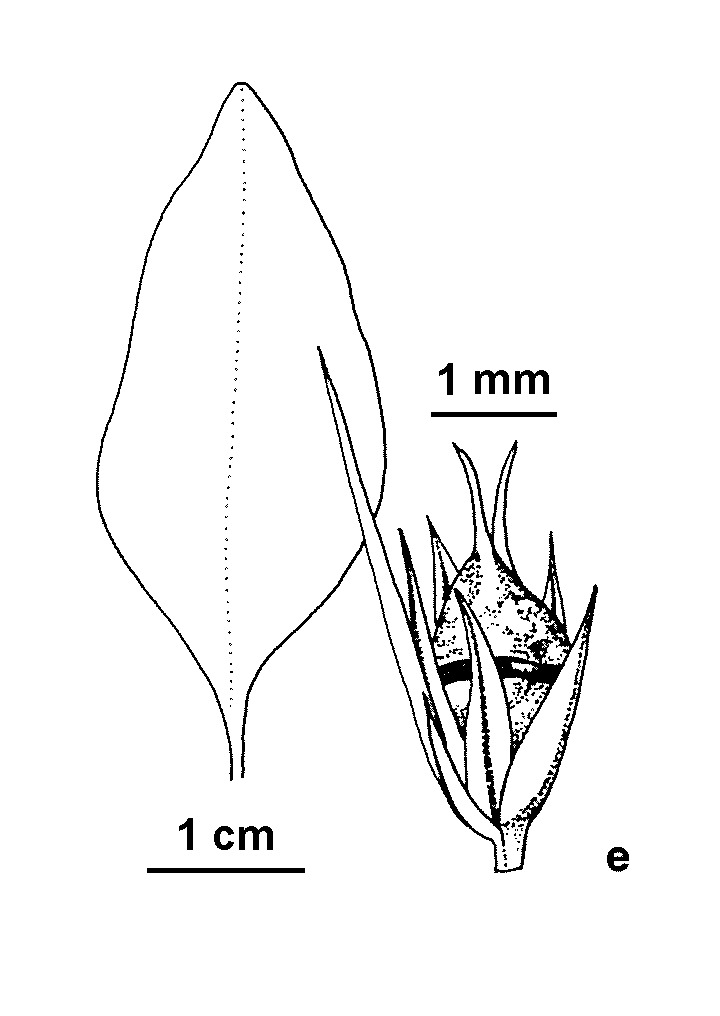Amaranthus hybridus
L. Spleen AmaranthErect annual to 1 (rarely to c. 2) m high. Stems grooved, sparsely pubescent, at least on younger parts. Leaves long-petiolate, ovate to rhombic, lamina 1.5–10 cm long, 1–6 cm wide, entire. Inflorescence a panicle of many spikes to c. 5 cm long and 5–8 mm diam. Flowers unisexual; longest bracts and bracteoles, 2.5–3.5 mm long, broad and membranous at base, acuminate, spinescent; tepals 5, c. oblong, 1.5–2 mm long, acute; stamens 5. Utricle circumsciss, subequal to or slightly exceeding perianth; style-bases slender; seed discoid, 1–1.5 mm diam., brown, shiny. Flowers mostly Feb.–Apr.
VVP, VRiv, MuF, GipP, OtP, NIS, EGU. Also naturalised NT, SA, Qld, NSW, ?Tas. Native to tropical and subtropical America. Known with certainty in Victoria from paddocks and the vicinity of railyards in the Swan Hill, Shepparton, Euroa and Walwa areas.
Many earlier records of this species belong to the closely related Amaranthus powellii.
Walsh, N.G. (1996). Amaranthaceae. In: Walsh, N.G.; Entwisle, T.J., Flora of Victoria Vol. 3, Dicotyledons Winteraceae to Myrtaceae, pp. 199–215. Inkata Press, Melbourne.
 Spinning
Spinning



